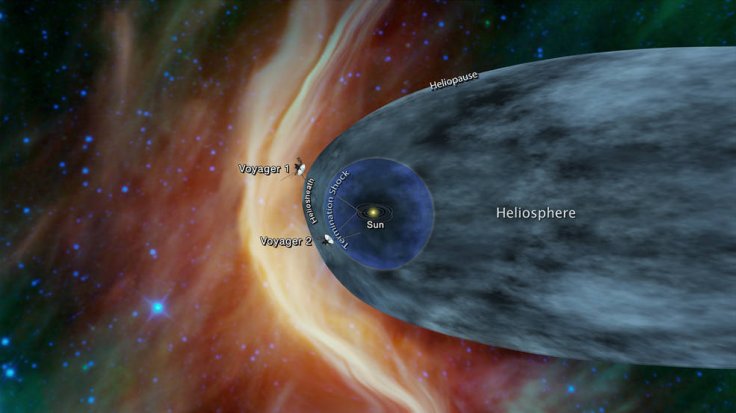
A new study conducted by a NASA-affiliated research team revealed that the agency could launch an interstellar mission using today's available technology. If NASA pushes through with this, it would be the first time that the space agency ventures beyond the Solar System.
A team of researchers from the John Hopkins Applied Physics Laboratory started a study called Interstellar Probe earlier this year. According to scientists, the goal of their study is to determine if it would be possible to launch a new mission to visit a different solar system in the near future. Currently, such a mission has not yet been accomplished due to the complicated logistics involved in launching a long-duration expedition.
For the researchers, launching a mission to a different star system can be achieved using today's technological resources. In their study, the researchers noted that an interstellar mission would require a spacecraft that weighs less than 771 kilograms. This vessel can be launched using the Space Launch System rocket that NASA is currently working on.
In order to get the extra push out of the Solar System, the spacecraft could use the gravitational forces of either the Sun or Jupiter. Through a slingshot manoeuvre, the spacecraft could swing around any of these massive cosmic objects to propel itself beyond the Solar System. This could send the spacecraft travelling up to the speed of 160,000 kilometres per hour.

Currently, one of the main issues that the researchers encountered with their plan has something to do with the slingshot manoeuvre near the Sun. In order for this move to work, the spacecraft would have to get really close to the giant star.
In order to protect the spacecraft, researchers plan to equip it with special heat shielding, which they believe could drastically affect the vessel's overall weight and speed. Despite this issue, the scientists still plan to look for other ways to make interstellar spaceflight possible.
"It's time we have a vision we can actually execute," physicist Ralph McNutt of the Applied Physics Laboratory and member of the research team told Wired. "Up to now, people haven't thought about this as an engineering problem. They kick the can down the road, saying, 'Well, we just need a little bit more new technology."
The researchers plan to submit the results of their study to the National Academies of Sciences, Engineering, and Medicine's Heliophysics decadal survey in 2021. If selected, their study could serve as the framework for a future NASA mission.








